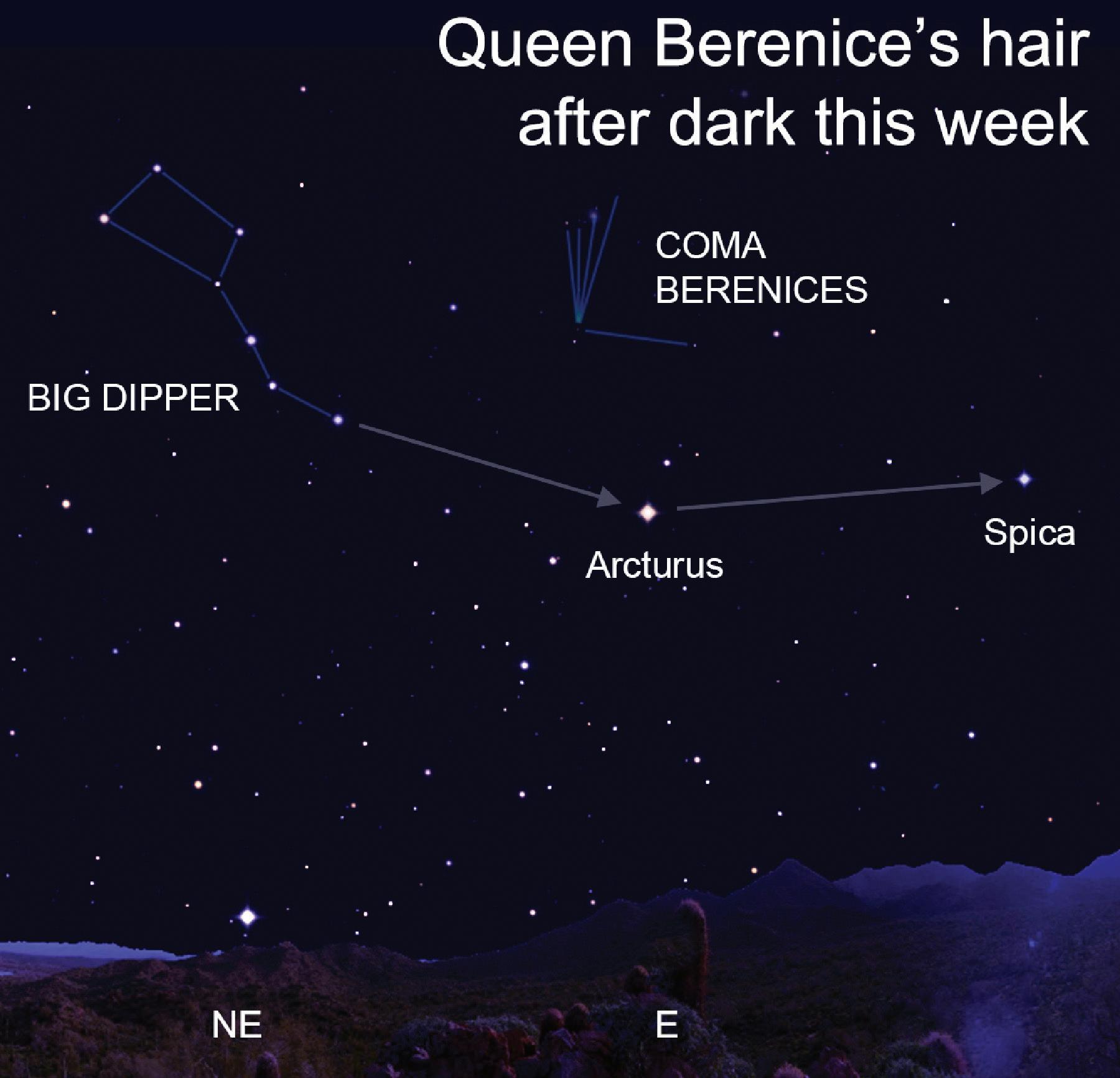
4 minute read
Town gets grant to add EV charging stations
See page 12 ty tax dollars. From cheaper vehicle maintenance to zero exhaust emissions and eco-friendly production, many community benefits can be derived from supporting electric vehicles. We thank New
Our
York State for recognizing our prior efforts to offer EV stations and for awarding us these grant funds,” added Councilman Steve Labriola.
In 2019, Councilman Labriola led a quality of life initiative to install and operate electric vehicle charging stations on
Are
Town property for public use. Since then, the Town has surveyed properties and the public to identity the best locations for installation. Most recently, an EV charging station was constructed at the Western Waterfront in Oyster Bay.
1 Friday, May 5, 2023 Discovery
May also have Ibuprofin with me.
The day after we cross over Dead Woman’s Pass at 13,829 feet above sea level on the Inca Trail and the day before reaching Machu Picchu - the destination of this Alpaca Expeditions four-day/three-night trek - I celebrate my 71st birthday. I say this because I am not a habitual hiker or climber, am reasonably but not especially fit and live at sea level. So I had been really, really anxious for weeks about whether or not Dead Woman’s Pass, named for its shape, would take on literal meaning.

And while age would normally be a private matter, I say this because if I could do it, anyone who is determined (it is mostly about mind over matter) can do it too.
But my success (and yes, I do considerate it a major life accomplishment, if only to overcome fear and go outside my comfort zone to take on the challenge) has a lot to do with how well Alpaca Expeditions, the tour operator, runs this trip –all that our guides do to make the trek as comfortable and enjoyable as possible; how the porters (who are carrying our gear) all line up to applaud and cheer us when we come in from that day’s hike; the quality of the camping and trekking equipment; the incredible food, snacks and teas (tea time!) that Chef Mario serves that are not only the quality of a fine restaurant but seem perfect for the task; providing basins of hot water and soap and delivering hot coca tea as our wake up call. (The
On Alpaca Expeditions’ Inca Trail Trek to Machu Picchu, imagining the people who laid these stone steps, carved the trail, and the pilgrims who used it to trek to Machu Picchu 600 years ago © Karen Rubin/goingplacesfarandnear.com
private porto-potty tent, and an actual “sanitation engineer” assigned to keep it functioning, is also extremely appreciated.)
The hike itself – 26 miles with some fairly steep ups and downs – is actually considered moderate difficulty, along a trail of stones, albeit some high (especially for someone like me with short legs), some narrow, and some that can be slick.
The main problem comes from the altitude. And my great fear that inhabits my mind with each step as I try to prepare myself by walking up and down the steepest hill in my neighborhood for an hour (fortunately, it is on my corner) is Day 2, when we climb not one but two mountain passes - the first to Dead Woman’s Pass at 13779 ft., which will take four hours, and the second, Runkuracay, at 13020 ft, for a total of 10 miles and 10 hours hiking. I calculate the amount of sunlight in the day and am concerned it will take me 12 hours and I won’t get into camp before dark.
I console myself by giving myself an escape plan: I figure that if I have difficulty on Day 1 (actually, the second toughest day) when the hike is 8.7 miles taking 7 hours to get to the campsite at 10,827 feet elevation, I can decide to simply walk back to the start. (I believe the tour operator also has this as a plan; in fact, we ask what happens if somebody is injured along the way and we are told that the porters, who carry huge loads, would carry the person on their back.) It is also a comfort to know the guides carry satellite phones which they can use for an emergency. I also pack my headlamp in my daypack. Just in case.
And I prepare myself for altitude sickness – not having any alcohol before the trek, taking Sorojchi pills (mainly aspirin and caffeine, sold over the counter in Cuzco) and drinking plenty of water (which works!). I
GOING PLACES NEAR AND FAR
Our guide, Lizandro Aranzabal Huaman, cleverly stops at opportune times to talk to us about plants, insects (used for medicine as well as for dyes, cactus for rope for bridges and to haul stones), the tribal people who still inhabit the mountain villages where he grew up, the Incan sites along the trail, the history, culture and legacy of the Inca Empire. This not only enhances the experience as our imagination fills the images of what we see, but (cleverly) gives us time to rest and acclimate to the higher and higher altitudes, get back our legs and our fortitude, drink water, and get revitalized for the next stage.
And on Day 2, on one of these stops, Lizandro takes out a bag of coca leaves and shows us how to pack it into a cheek and let the juice mix with saliva to help avert altitude sickness. Then, before we are about to ascend the stage to Dead Woman’s Pass, he whips out a vial of an oil, like eucalyptus, which he puts into our palms, tells us to clap three times, then inhale the vapors to open our nasal passages and make our breathing more efficient. That really helps too.
But we also go at our own pace –our guide, Georgio, typically stays in the back of the pack, so we can stop as often as we need and admire the view, take a photo, take some extra breaths.







